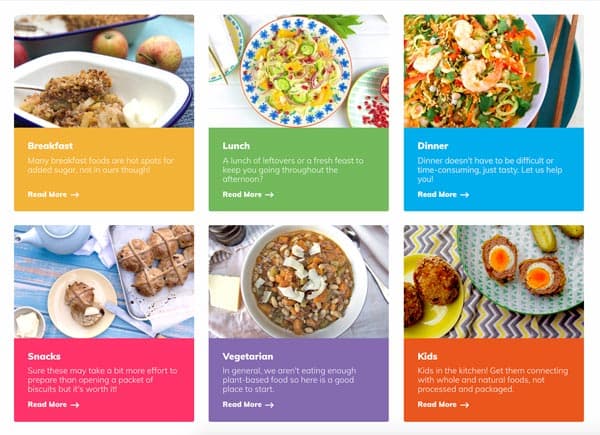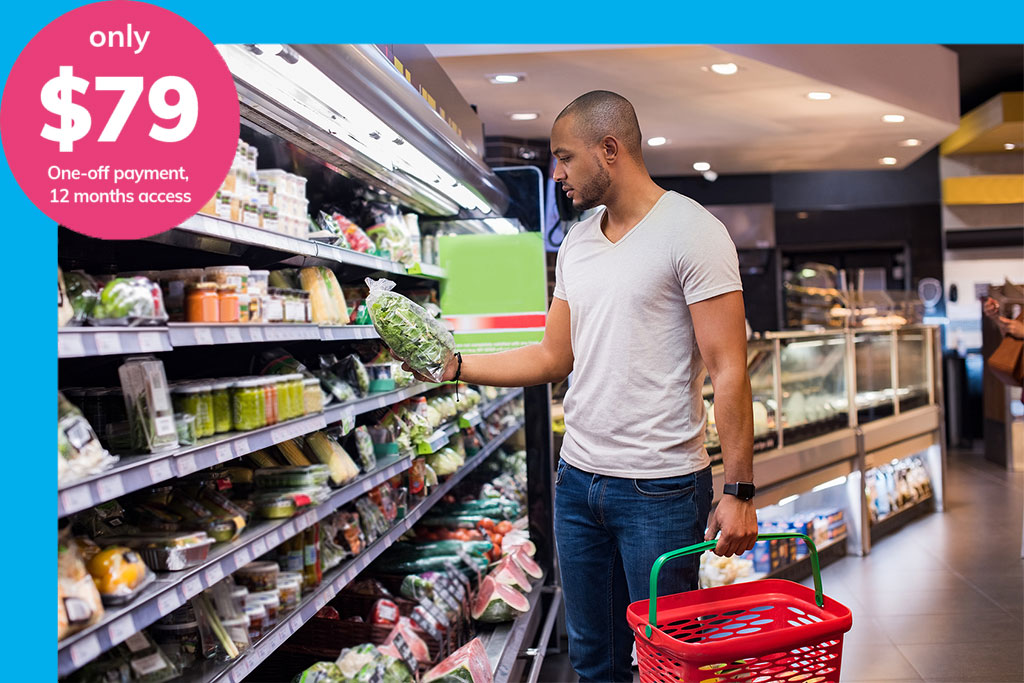Blog
Free fructose and insulin sensitivity in non-diabetic people

The connection between too much sugary soda and insulin resistance is pretty much agreed upon.
However, whilst human and animal intervention trials suggest insulin resistance can be fructose-induced, other studies have struggled to replicate this when in a ‘real-world’ context.
A 2016 meta-analysis sought to establish more clarification on this and the mechanisms behind excess fructose consumption, glucose homoeostasis, and insulin sensitivity in non-diabetic individuals, as current health guidelines struggle to specifically recommend limiting intake of high added or free fructose in food and drink.
What did they find?
29 articles met their criteria, involving collectively 1,005 healthy, overweight or obese individuals.1
Following analysis, researchers found in the short-term when fructose is energy-matched and replaces other dietary simple carbohydrates like glucose or starch, hepatic (liver) insulin resistance was promoted, but fasting plasma insulin, HOMA-IR, and glucose disposal rates are less likely to be impacted.
It was also found having more than 25% excess energy from fructose in addition to a weight maintenance control diet increased levels of fasting plasma insulin and hepatic insulin resistance.
The researchers concluded that due to poor quality studies that are short in duration and small in sample size, results may be limited. But overall, it was concluded that having too much added fructose is no good for your liver’s sensitivity to insulin.
The worrying effects of fructose and sucrose (which contains a 50:50 ratio of fructose and glucose) over glucose and starch is not new, contributing to increased fasting insulin, fasting glucose, and insulin/glucose responses to a sucrose load, suggesting that sucrose (in particular the fructose component) may be more harmful compared to other simple carbohydrates.2
Why are we concerned with the liver’s sensitivity to insulin?
There are three main types of insulin sensitivity – peripheral, pancreatic and hepatic (liver).
Here is the issue with hepatic insulin resistance. The liver can perform a process called gluconeogenesis, turning lipids and amino acids into glucose to be used by cells around the body and in the brain for energy in times when dietary glucose is low.
Insulin acts as a moderator, letting the liver know when it needs to undertake gluconeogenesis; but when the liver is resistant to insulin, it can’t hear insulin’s cry to quit the gluconeogenesis when we’ve adequate blood glucose. So there may be plenty of glucose to go round, but the liver keeps pumping it out.3
This can result in high insulin and eventually excessive blood glucose, which may contribute to increased weight, depressed sex hormone-binding globulin production (therefore decreased testosterone and oestrogen transportation), increased risk for atherosclerosis, increased hepatic triglyceride content, VLDL secretion, and inflammation.3-4
Free fructose vs naturally occurring
So, too much fructose is no good. However, it is important to differentiate between free or added fructose over the fructose packaged into whole foods.
It is generally agreed that consuming fructose when encased in its natural form, such as in fruit and vegetables, isn’t of concern. Unlike free or added fructose, the simultaneous consumption of fibre, water, vitamins, minerals and phytonutrients in whole foods can actually protect against diabetes and broader cardiometabolic dysfunction!
Whilst fructose may be worse than glucose for your liver, it isn’t a great idea to go hell for leather on excess added glucose either. Too much added sugar, regardless of source, ain’t going to be great.
We’ve tips for reducing added sugar, including satisfying your sweet tooth with whole foods and spices, like whole fruit, a little dried fruit, cinnamon or vanilla.
But remember, don’t be too hard on yourself. When reducing the added sugar in your diet, aim to limit your intake to 6 teaspoons of added sugar a day. If you have more than that, try again the next day, and always focus on consuming mostly real whole food.
By Angela Johnson (BHSc Nut. Med.)
References:
- ter Horst, KW, Schene, MR, Holman, R, Romijn, JA, & Serlie, MJ 2016, ‘Effect of fructose consumption on insulin sensitivity in nondiabetic subjects: a systematic review and meta-analysis of diet-intervention trials’, American Journal of Clinical Nutrition, vol. 104, no. 6, pp. 1562-1576.
- DiNicolantonio, JJ, O’Keefe, JH, & Lucan, SC 2015, ‘Added fructose: a principal driver of type 2 diabetes mellitus and its consequences’, Mayo Clinic Proceedings, no. 3, p. 372.
- Wilcox, G 2005, ‘Insulin and Insulin Resistance’, Clinical Biochemist Reviews, vol 26, no. 2, pp. 19–39.
- Draznin, B 2011, ‘Mechanism of the mitogenic influence of hyperinsulinemia’, Diabetology & Metabolic Syndrome.











